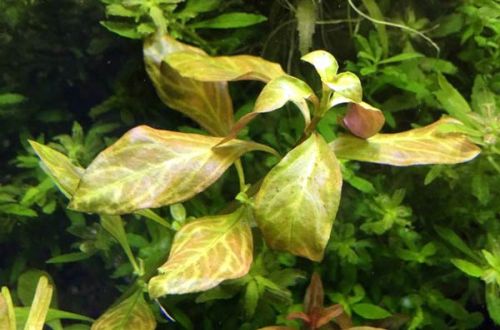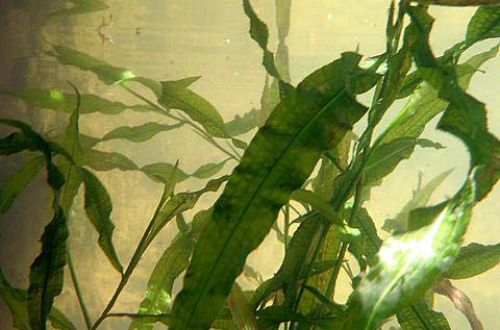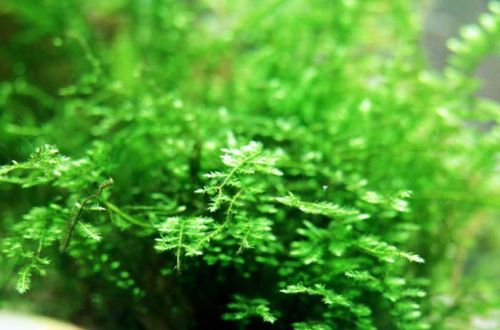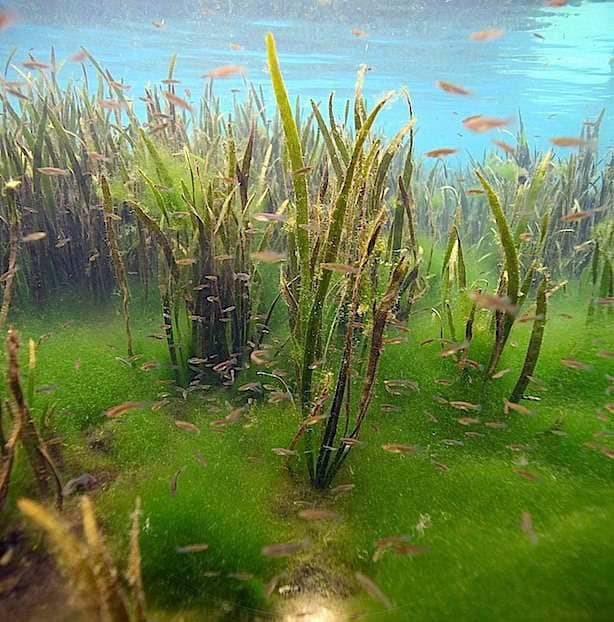
Vallisneria neotropica
Vallisneria neotropica, scientific name Vallisneria neotropicalis. It occurs naturally in the southern states of the United States, Central America and the Caribbean. It grows in clean waters with a high content of carbonates. It got its name from the region of growth – the American tropics, also referred to as the Neotropics.

There is some confusion about the identification of this species. In 1943, Canadian explorer Joseph Louis Conrad Marie-Victorin gave a scientific description and classified Neotropical Vallisneria as an independent species. Much later, in 1982, during the revision of the genus Vallisneria, scientists combined this species with American Vallisneria, and the original name was considered a synonym.
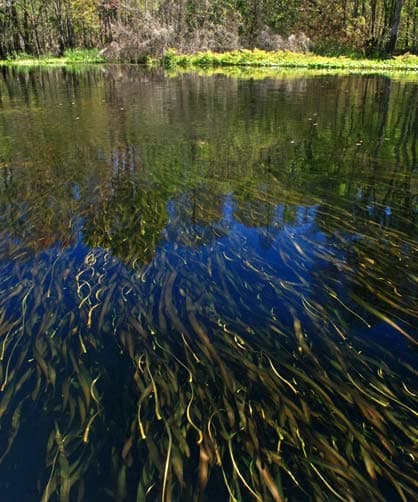
In 2008, an international team of scientists, in the course of studying DNA and morphological differences, again identified Vallisneria neotropica as an independent species.
However, the results of the work are not fully recognized by the entire scientific community, therefore, in other scientific sources, for example, in the Catalog of Life and the Integrated Taxonomic Information System, this species is synonymous with American Vallisneria.
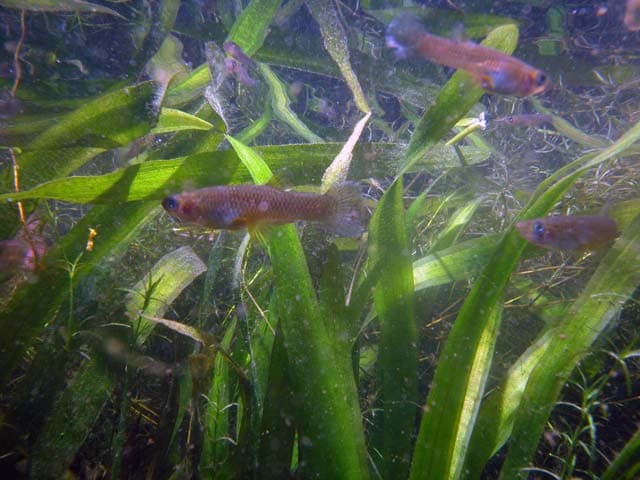
There is a great deal of confusion in the aquarium plant trade regarding the exact identification of Vallisneria species due to their superficial similarity and regular changes in classification within the scientific community itself. Thus, different types can be supplied under the same name. For example, if a plant is presented for sale as Vallisneria neotropica, then it is quite possible that Vallisneria Giant or Spiral is supplied instead.
However, for the average aquarist, the erroneous name is not a problem, since, regardless of species, the vast majority of Vallisneria are unpretentious and grow well in a wide variety of conditions.
Vallisneria neotropica develops ribbon-like leaves 10 to 110 cm long and up to 1.5 cm wide. In intense light, the leaves become reddish in color. In low aquariums, when reaching the surface, arrows may appear, on the tips of which tiny flowers form. In an artificial environment, reproduction is predominantly vegetative through the formation of side shoots.
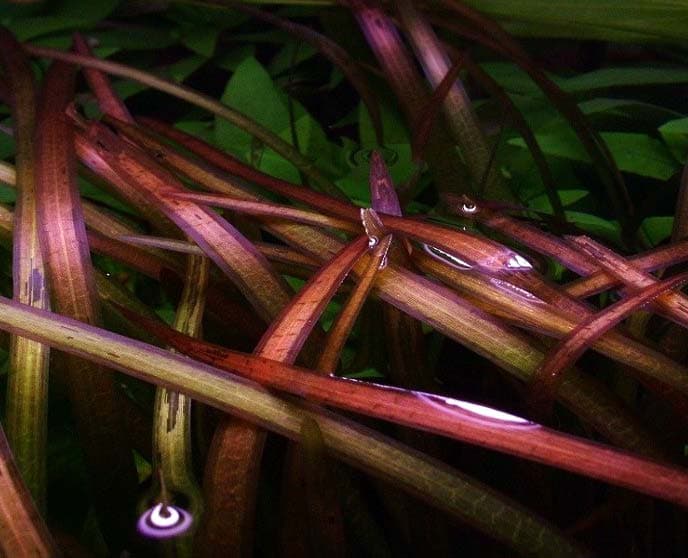
The content is simple. The plant successfully grows on various substrates and is not demanding on water parameters. It can be used as a green space in aquariums with Central American cichlids, African lakes Malawi and Tanganyika and other fish that live in an alkaline environment.
Basic information:
- Difficulty of growing – simple
- Growth rates are high
- Temperature — 10–30°С
- Value pH — 5.0–8.0
- Water hardness – 2–21°dGH
- Light level – medium or high
- Use in the aquarium – in the middle and background
- Suitability for a small aquarium – no
- spawning plant – no
- Able to grow on snags, stones – no
- Able to grow among herbivorous fish – no
- Suitable for paludariums – no



